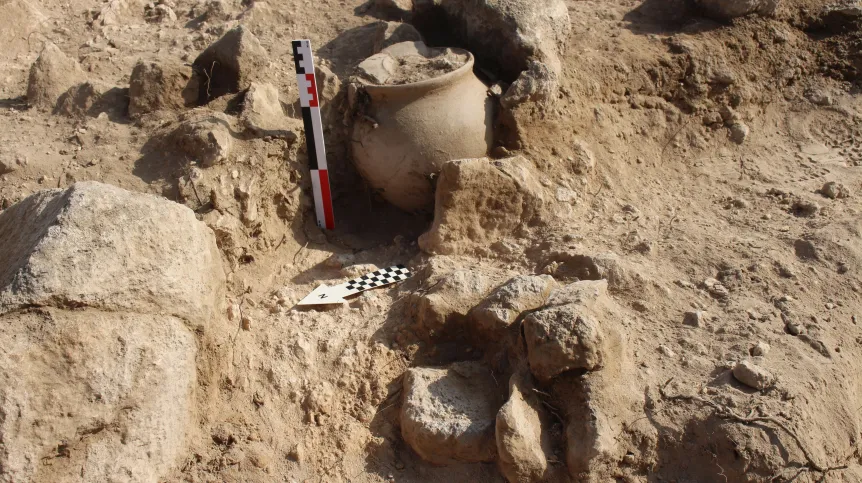
Archaeologists discover Urartian house remains from the 6th entury BC in Armenia
A team of Armenian-Polish archaeologists has made significant discoveries at the Davti Blur archaeological site. They found Urartian house remains from the 6th century BC, a cremation cemetery, and evidence of a powerful earthquake. Dr. Mateusz Iskra, a team member, explains that Davti Blur translates to “David Hill” in Armenian. This name likely refers to
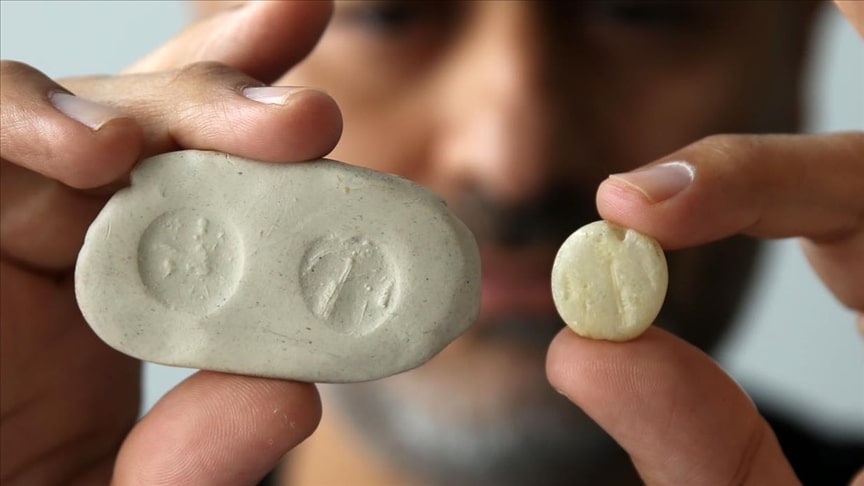
A seal belonging to an Assyrian noble was found at Kef Castle, which was built by the Urartians
During ongoing excavations at the ancient Kef Castle, built at an altitude of 2,300 meters by Urartian King II. Rusa, a seal belonging to an Assyrian noble was found. Kef Castle is located in Bitlis province in eastern Türkiye. It was built by King II. Rusa, who reigned between 685 and 645 BC. During his
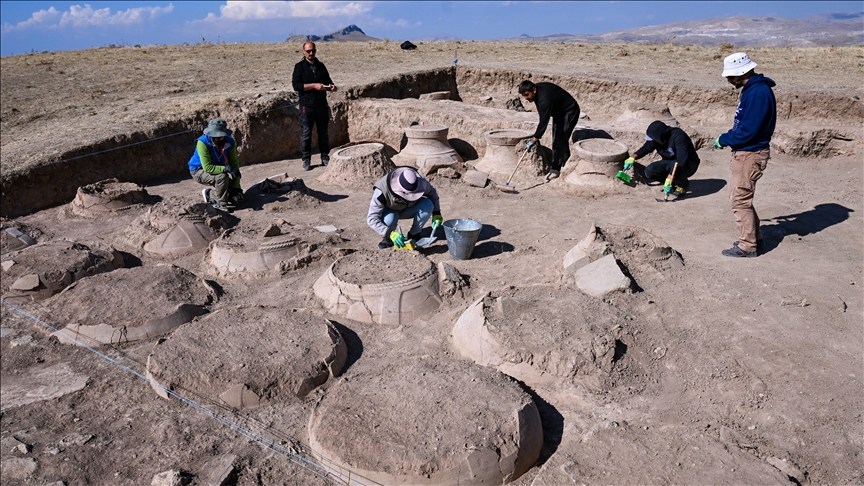
Dozens of cuneiform inscribed pithoi belonging to the Urartians were found at the foothills of Mount Erek
In the easternmost part of Türkiye, in the İpekyolu district of Van, archaeological excavations at the castle ruins on the foothills of Mount Erek have uncovered cuneiform inscribed pithoi used for storing oil, grain, and beverages during the Urartian period. The castle ruins, which are considered one of the important settlement sites of the Urartians
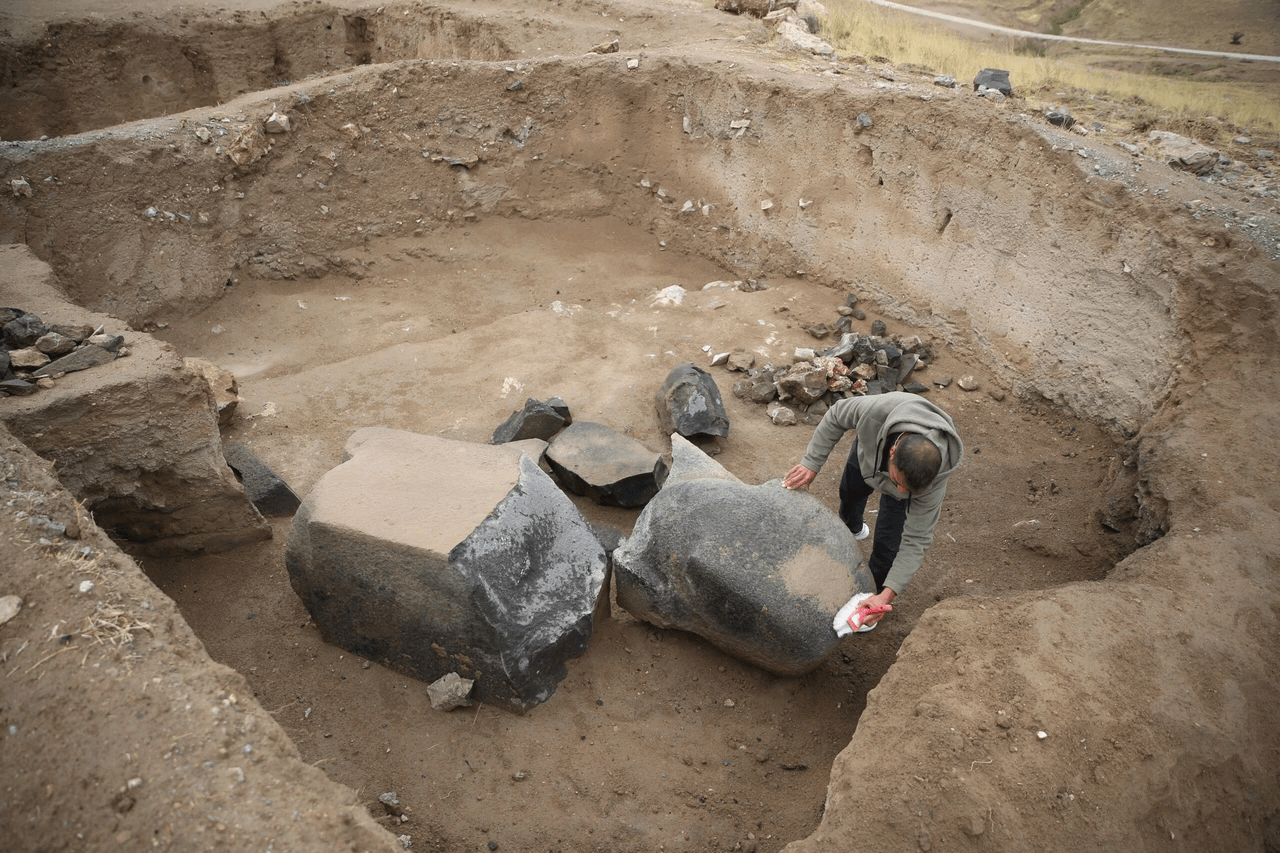
The mystery of the monumental and three-dimensional Urartian statue found in Garibin Tepe is unraveling
During rescue excavations conducted last year in the Tuşba District of Van, archaeologists discovered a basalt figurine weighing approximately 1 ton, dating back to the Urartian period. In 2023, excavations at Garibin Tepe led to the discovery of the region’s first monumental statue. This impressive artifact, measuring about 2 meters in length and 1 meter
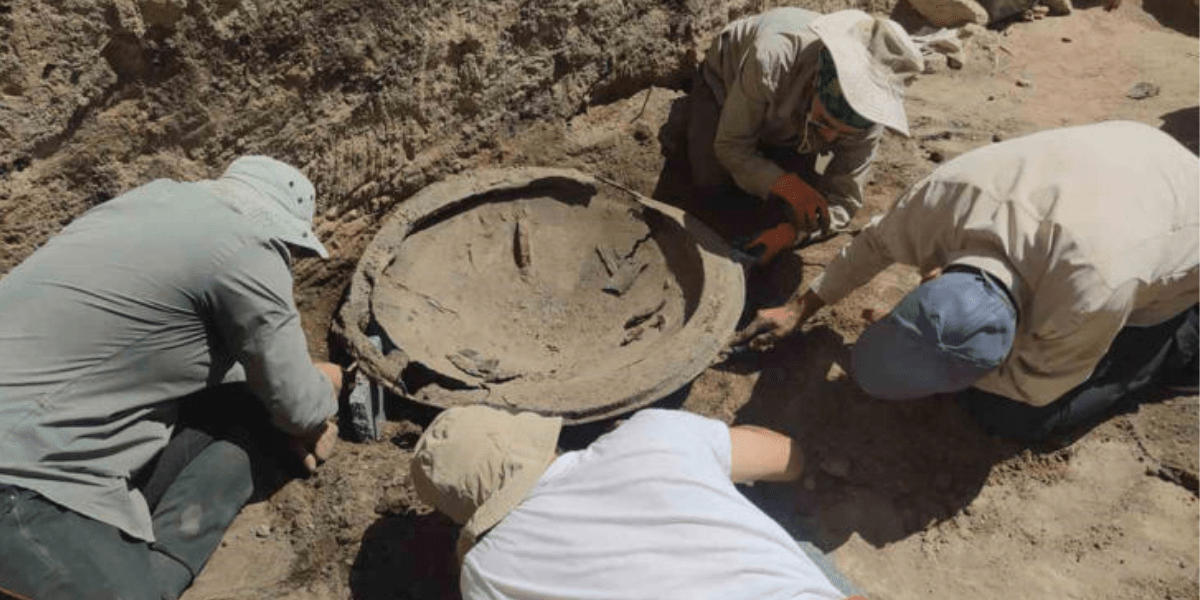
Three 2700-year-old bronze shields and a bronze helmet dedicated to the Urartian “god” Haldi found in Ayanis castle
Three bronze shields and a bronze helmet dedicated to the Urartian “god” Haldi were found in the fortress of Ayanis in the eastern Anatolian province of Van. The Urartian civilization was established in the region that today borders Türkiye, Iran and Armenia, especially in Eastern Anatolia, from the 9th century BC. This state, whose capital
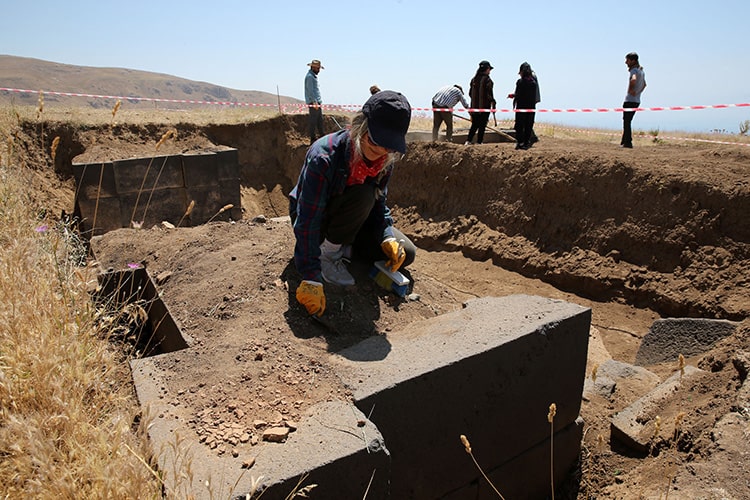
Excavations at the ancient Kef Castle shed light on the Urartian period
Archaeological excavations at Kef Castle in Bitlis, southeast Turkey, have uncovered animal bones, ceramics, and tools made of flint and obsidian. The castle, one of four built during the reign of Urartian King Rusa II (685-645 B.C.), is located at an altitude of 2,300 meters (7,545 feet). The information that will be obtained during the
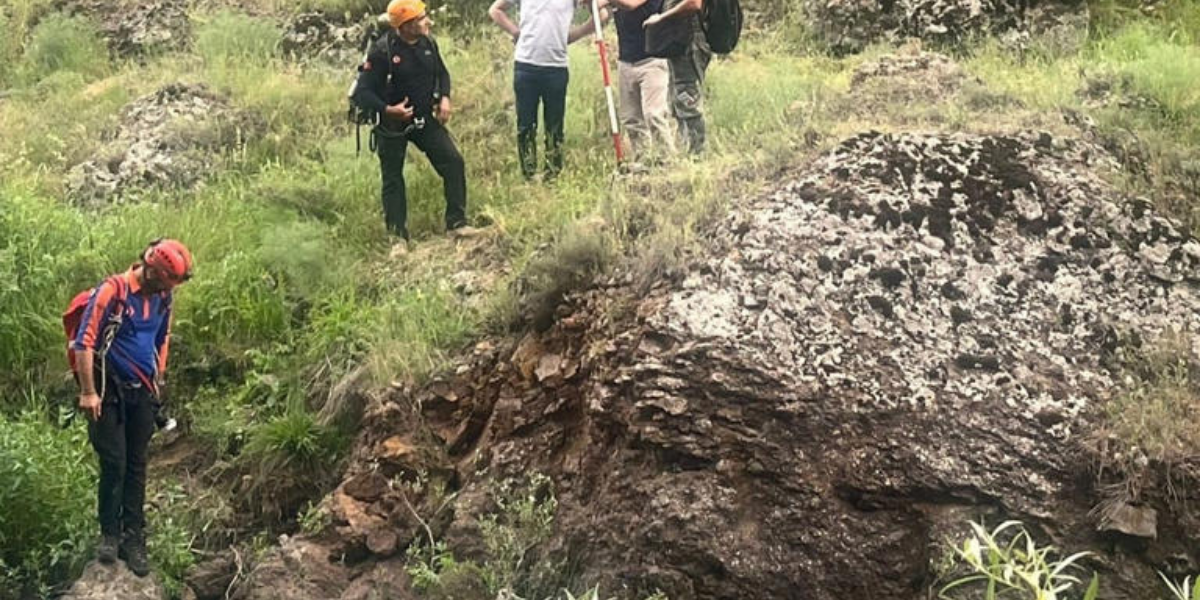
Urartian water cistern revealed at the site of illegal excavation
The site of illegal excavation in the eastern Turkish province of Tunceli turned out to be an Urartian water cistern. In 2014, people who illegally excavated in the Kalecik Taşı area of Erencik Gorge in Közlüce village in Pülümür district of Tunceli were taken to court. Pülümür Criminal Court of First Instance requested a discovery

A 2000-year-old Urartian object was unearthed in the excavations of Divriği castle, which started with the information in Evliya Çelebi’s Seyahatname
Excavations at Divriği Castle in the Divriği district of Sivas province, located in northeastern Turkey, unearthed many finds, especially a 2000-year-old Urartian metal object. Divriği has been home to many civilizations. Therefore, Divriği has rich architectural structures. One of them is the Divriği Great Mosque on the World Heritage List. 600 years ago, Evliya Çelebi,
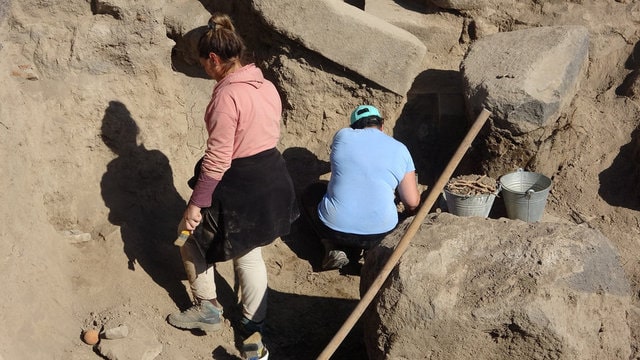
A 2800-year-old Urartian temple and two cuneiform inscriptions were found in Van
In the ongoing rescue excavations at Körzüt Castle located in the Muradiye district of Van, a 2800-year-old Urartian temple was discovered. Along with the temple, two inscriptions with cuneiform writing were also found. The rescue excavations at Körzüt Castle are continuing under the scientific supervision of Associate Professor Dr. Sabahattin Erdoğan from the Department of
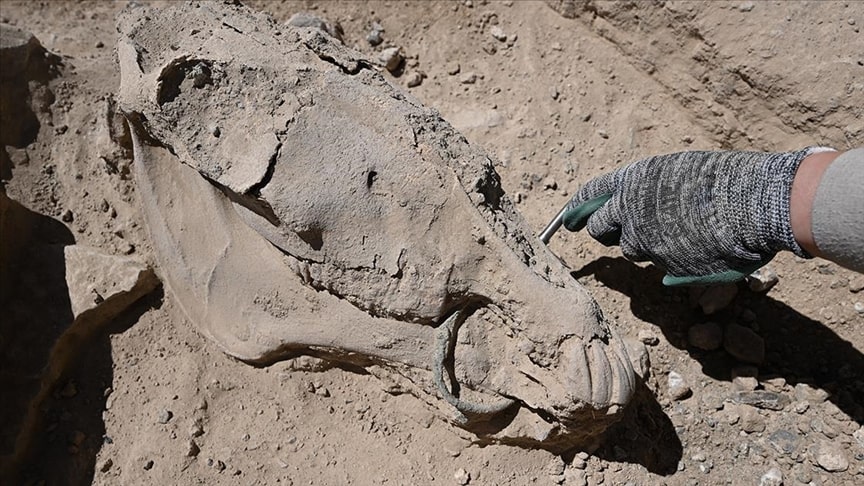
Archaeologists have discovered a horse skeleton with a bronze curb bit in its jaw at the Çavuştepe excavations
A horse skeleton with a bronze curb bit (a metal piece inserted into its mouth to guide the mount) was found in the Çavuştepe castle belonging to the Urartians who ruled in the Eastern Anatolia Region. Çavuştepe Castle was constructed by Urartian King Sarduri II. in 750 BC. The ongoing excavations at Çavuştepe Castle and
